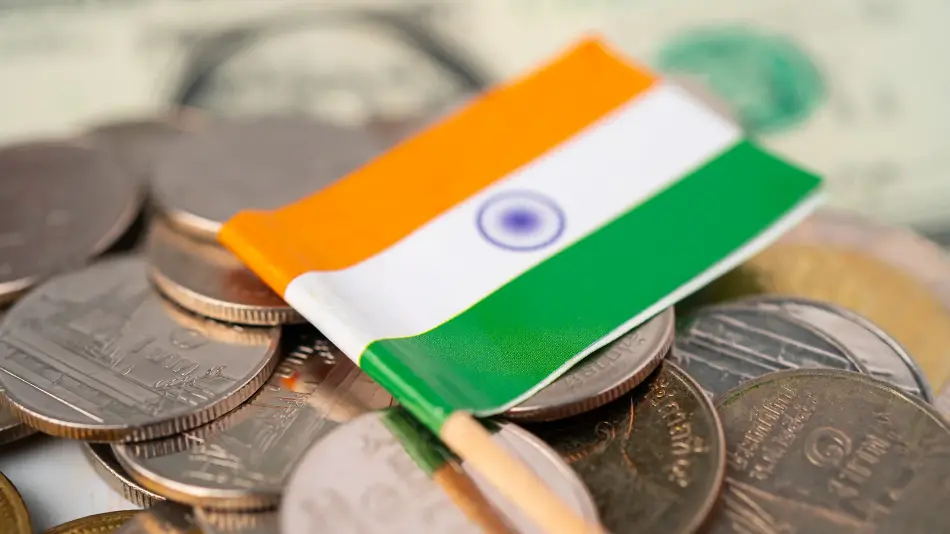India’s economic growth could slow by 20-40 basis points in the fiscal year due to the recent U.S. tariffs, which will force the country’s central bank to cut interest rates further, analysts said, Reuters reported.
U.S. President Donald Trump signed an executive order imposing a 26% reciprocal tariff on India on April 2, threatening the Reserve Bank of India’s (RBI) estimate of 6.7% economic growth in 2025-26 and the government’s economic survey forecast of 6.3%-6.8%.
Following the tariffs, American investment banking company Goldman Sachs cut its growth forecast to 6.1% from 6.3%. According to Reuters, Citi forecasts a 40 bps drag on direct and indirect growth, while Mumbai-based QuantEco Research estimates a 30 bps hit.
Meanwhile, India’s inflation is expected to average 4.2% this fiscal year, close to the RBI’s target, after the central bank cut interest rates in the country for the first time in five years in February. It is expected to follow up with another 25 basis points cut to 6.00% at the conclusion of its April 7-9 meeting, a Reuters poll showed.
However, while the survey revealed that economists were expecting just one more cut after that, with the policy repo rate at 5.75% in August, before a long pause, U.S. tariffs have prompted a rethink of those projections.
Goldman, Citi, and QuantEco Research had also forecast 1 to 2 more cuts in 2025, but now hope for a 75 bps cut this fiscal year, taking the policy rate to 5.5%, which would be the lowest since August 2022.
The Indian economy’s growth is expected to slow to a four-year low of 6.5% in the fiscal year ending March 31, as high inflation, tight liquidity, and the central bank’s tightening rules have weakened urban demand as credit growth in personal loans and credit cards slows, according to Reuters.
Since new 26th Governor Sanjay Malhotra took charge in December, the central bank has, however, eased liquidity conditions significantly while also putting on hold plans to further tighten banking regulations.
In addition, the Indian government announced tax relief for all Indians earning up to 1,200,000 rupees per year in its annual budget in February.
A government source, speaking on condition of anonymity, told Reuters that tax cuts and monetary policy easing measures would help domestic demand.
The source also said that these should act as a buffer for the economy, adding that India does not see the need for economy-wide stimulus at this stage, but sector-specific pressures can be addressed through targeted measures.
Rewriting the rules of trade will require global policymakers to take a tough look at reviving domestic consumption and demand, and for India, it could be through interest rate cuts and a weaker currency, said Vivek Kumar, economist at QuantEco Research.
Also Read: India and the US discussed trade facilitation issues


